table of contents:
Choosing the perfect sewing machine can be complicated, with mechanical and electronic models, technical features, and varying budgets. We'll help you navigate the issue, whether you're a beginner looking for simplicity or a fan of stretch clothing, upholstery, or patchwork who requires a free arm.
Discover how your skill level, your plans, and your budget can guide you toward the ideal machine , while avoiding unnecessary over-equipped models. Learn how to identify reliable brands, essential accessories, and the keys to a worry-free purchase in a specialty store or online.
Before choosing your sewing machine: the 3 key questions
Choosing the right sewing machine depends on your skill level, your projects (clothing, decorations, patchwork) and your budget. These criteria help you avoid purchasing mistakes and ensure satisfactory use .
Assess your level: are you a beginner, intermediate or expert?
Beginners should opt for a simple machine with basic stitches (straight, zigzag) and easy handling. The Husqvarna H Class E20 is a reliable model for learning without getting discouraged.
Intermediates will appreciate features like the automatic buttonhole or advanced settings. The JUKI HZL-353 ZR is ideal for projects like bags or upholstery .
Professionals need power. Machines like the Juki TL-2200 QVP mini boast speeds of up to 1,500 stitches per minute and a 70-90W motor, ideal for thick fabrics.

Define your sewing projects: clothing, decoration, patchwork?
For clothing, a machine with stretch stitches is essential for stretchy fabrics . The Lewenstein Couture 190 guarantees neat finishes.
Thick fabrics (denim, faux leather) require a powerful motor (70-90 W) and a dual-feed foot. The JUKI HZL-60H combines strength and stability for these materials.
Patchwork requires a large space to the right of the needle (at least 25 cm). The JUKI HZL-DX3 is suitable for complex projects.
Set your budget: How much does a good sewing machine cost?
Entry-level machines (under €300), such as the Lewenstein Lilly , are suitable for starting out with essential stitches at a low cost, but lack durability .
The mid-range (300-700€), like the JUKI HZL-353 ZR , combines quality and versatility for regular use .
The top of the range (over €700), such as the Juki TL-2200 QVP mini , is aimed at enthusiasts or professionals , with advanced features for demanding projects.
Mechanical or electronic sewing machine: how to decide?
Are you hesitating between a mechanical or electronic sewing machine and wondering how to choose the right one for your needs? Each model has distinct advantages: mechanical sewing machines are appealing for their robustness and simplicity, while electronic sewing machines offer greater comfort, precision, and versatility. Let's discover which one best suits your sewing profile.
The mechanical sewing machine: a sure bet for its robustness and simplicity
Mechanical machines operate via dials to select stitches and adjust settings. They typically offer between 10 and 30 stitches , primarily straight and zigzag stitches, with a multi-step manual buttonhole.
The advantages: Their ease of use makes them ideal for beginners. Robustness is a major advantage : fewer electronic components reduce the risk of breakdown. They are also more affordable, with models like the JUKI HZL-353 ZR .
Cons: The limited number of stitches and the lack of automatic adjustments (tension, length) can frustrate advanced users . Features like automatic threading are rare, except on some high-end models.
The electronic sewing machine: comfort, precision and versatility
Electronic machines have an LCD screen for selecting stitches and adjusting settings. They offer between 50 and more than 200 stitches, including decorative and technical options .
The advantages: The ease of use is optimal with automatic threading, automatic locking stitch and one-step buttonhole, making it an easy-to-use sewing machine even for beginners. Precision is increased thanks to the electronic settings, useful for thick fabrics like denim.
Disadvantages: They are more expensive , ranging from €400 to €1,500 depending on the model. The complexity of the electronics can put off novices, and repairs are more expensive in the event of a breakdown.
|
Criteria |
Mechanical sewing machine |
Electronic sewing machine |
|
Getting started |
Intuitive and direct (wheels) |
Screen-guided, requires a short learning curve |
|
Number of points |
Limited (10 to 30 on average) |
Large (50 to over 200) |
|
Settings (length/width) |
Manuals, less precise |
Electronic, very precise |
|
Comfort functions |
Rare or non-existent |
Many (needle threader, thread cutter, etc.) |
|
Buttonhole |
4-step manual or semi-automatic |
Automatic in 1 step |
|
Ideal for... |
Beginners, occasional use, small budgets |
Regular seamstresses, varied projects, search for comfort |
|
Robustness / Maintenance |
Reputed to be very robust, easy to maintain |
Robust but more sensitive, professional revision recommended |
Technical features explained to help you choose the right one
Wondering how to choose a sewing machine with so many models available? To make the right choice, it's essential to understand the technical features that make the difference: stitch types, convenient automatic features like the needle threader, essential settings, and even motor power. Here's a clear breakdown to help you select a machine that's perfectly suited to your sewing needs.
Sewing stitches: essentials and comfort options
The straight stitch (for assembly) and the zigzag (for finishing) cover 90% of needs . The stretch stitch is essential for elastic fabrics such as jersey or lycra, preventing breakage during stretching.
Overlocking, which is often underestimated, cleans edges without fraying. It's ideal for delicate fabrics. The automatic one-step buttonhole ensures consistent results, saving time for all skill levels, especially for garments requiring multiple buttons.
For advanced projects, the triple zigzag reinforces seams on sportswear. The discreet, stretchy straight stitch is suitable for fitted creations where the finish must remain invisible. Technical fabrics like faux leather require specific stitches to avoid puncture marks.
Automations that make life easier: needle threader, speed variator
The automatic needle threader simplifies everyday use , especially for beginners or people sensitive to eyestrain. The variable speed control allows optimal control over curves or thicknesses, useful for upholstery. The automatic locking stitch and integrated thread cutter ensure clean finishes without manual adjustments. This is an asset for long projects like patchwork.
Electronic models offer additional features such as memory for custom settings, soft start for beginners, and fabric-specific preset modes. These options reduce the learning curve for intermediate users looking to improve their efficiency.
The essential settings: the length, width and pressure of the presser foot
Setting the stitch length (4-6 mm for gathers, 2-3 mm for structural seams) and the zigzag width (narrow for thin fabrics, wide for thick ones) is fundamental. The presser foot pressure, available on mid-range/high-end models, adapts the machine to very thin (silk) or thick (denim) fabrics . Too much pressure on a lightweight fabric causes puckering, while too little pressure on a thick fabric results in uneven feed.
This setting is adjusted manually via a graduated dial on mechanical machines, or electronically on high-end models. Hybrid systems combine precision and ease of use . They are suitable for versatile seamstresses.
Motor power and drive system: the secret to sewing all fabrics
For thick fabrics (denim, leather), choose a machine costing at least €500. Models like the Juki HZL-F370 handle thick fabrics thanks to their powerful motor and dual feed. PFAFF's IDT system, by feeding the fabric from the top and bottom, prevents distortion on difficult fabrics (silk, jersey) and ensures aligned patterns. This system is particularly useful for patchwork or technical garments requiring precision.
Industrial sewing machines like the Juki TL-2200 qvp mini can even sew extreme materials like leather or thick layers. For mixed use (hobby and occasional projects), mid-range family machines offer a good compromise between power and size.
It includes features such as:
- A standard presser foot (assembly and zigzag)
- A zipper foot (specification of openings)
- A buttonhole foot (uniformity of finishes)
- Spare bobbins (prevents thread breakage)
- A set of needles (suitable for fabric, flat needle for leather)
- A seam ripper (quick correction of errors)
- A protective cover (dust protection)
- A detailed manual (guide for precise adjustments)
- A cleaning tool (maintenance for extended life)
At Verotex, discover our selection of Juki, Lewenstein sewing machines and more. Start sewing today!

The inseparable duo: how to choose the right needle and thread?
Many beginners wonder how to choose a sewing machine, but another essential aspect is often overlooked: the needle and thread. These two elements form an inseparable duo to ensure strong and neat seams. Needle size, type, and thread quality directly influence the final result. Let's discover together how to choose them correctly to get the most out of your machine.
The art of choosing the right needle: size and type
Changing your needle every 8 to 10 hours of sewing prevents quality issues like uneven stitches, broken threads, or metallic noises. A worn needle damages the fabric and the machine. For thick fabrics like denim, replace it even after 5 to 6 hours of use.
Sizes range from 60 to 110. For fine fabrics (silk, voile), choose a 60/8 or 70/10 needle. Medium-weight fabrics (cotton, poplin) require an 80/12 or 90/14 needle. Thick fabrics (denim, faux leather) require sizes 100/16 or 110/18. This gradation ensures precise piercing without damaging the fabric .
Types of needles:
- Universal: Suitable for classic fabrics like cotton or polyester. Ideal for everyday projects (covers, tablecloths).
- Jersey/Stretch : Round tip for stretchy fabrics. Prevents tearing through the stitches. Essential for sportswear or leggings.
- Denim : Reinforced upper for dense fabrics like denim. Withstands repeated rubbing on layers.
- Microtex: Extremely fine for silks or delicate fabrics . A 60/8 needle is perfect for cotton voiles.
- Leather : Sharp point for puncturing without tearing. Essential for leather jacket repairs.
Sewing thread: quality above all
Poor-quality thread breaks easily and clogs the machine. Polyester is the most versatile and abrasion-resistant. For 100% cotton fabrics, a cotton thread ensures even wear. Demanding projects (bags, jeans) require extra-strong thread.
Match each fabric to the correct needle-thread combination:
- Cotton/Poplin Project : Universal Needle 80/12 + Polyester or cotton thread. Polyester adds strength to invisible seams.
- Jersey / Stretch Fabric Project : Stretch Needle 75/11 + Quality Polyester Thread. The duo reduces skipped stitches on stretch fabrics.
- Denim Project : 90/14 or 100/16 denim needle + durable polyester thread. The combination resists wrinkles and abrasion.
- Voile/Silk Project : Microtex 60/8 or 70/10 needle + fine polyester thread. Ideal for delicate lace and embroidery.
- Faux Leather / Thick Canvas Project : 100/16 Leather or Denim Needle + Extra Strong Polyester Thread. Strength is crucial for bags or belts.
The choice of needles and threads also depends on the machine . Flat-shank needles are suitable for domestic machines, while industrial models require round-shank versions. Finally, a color code (e.g., Schmetz ) simplifies identification: the top color indicates the type, the bottom color the size.
Finding your way through the jungle of brands and retailers
Wondering how to choose a sewing machine also involves navigating the many brands and retailers available. Should you choose a new or used machine? Which manufacturers are reliable, and where should you buy for the best service? Here's how to navigate this jungle to make an informed choice tailored to your sewing needs.
Trusted brands: who are the market players?
Lewenstein offers good value for money , with models like the Lewenstein Couture 120 (120 stitches, LCD screen) suitable for beginners and intermediates.
For quilters, Juki dominates the high-end market. The JUKI HZL-DX5 (forward/reverse function with foot pedal, automatic threading and cutting) is a must for quilting, despite its high cost. Be careful: some refurbished models may have parts from different sources. Choose brands that have mastered their manufacturing .
New or used machine: the advantages and disadvantages
A new machine guarantees a new condition, a full warranty, and the latest features (e.g., touchscreen). On the other hand, second-hand machines allow you to buy a high-end device at a lower cost, but carry risks: hidden wear and tear, lack of warranty. Machines refurbished by professionals offer a balance of quality and price .
For beginners, second-hand remains economical, provided you check the condition (fabric tests, mechanisms). The second-hand market offers a variety of options, but availability is often limited. Avoid purchases without a thorough inspection .
Where to buy your machine: specialist retailer or supermarket?
Specialists offer personalized advice and demonstrations. Their local after-sales service and introductory courses ensure a stress-free experience , ideal for advanced projects. On the other hand, large retailers attract with low prices and sales, but after-sales service is more distant.
Online reliability depends on the seller. For an informed purchase, combine the proximity of a professional with price comparison , especially for expensive models.

Maintaining your machine: steps to make it last for years
Knowing how to choose a sewing machine isn't enough: proper maintenance is essential for it to last for years. Regular cleaning can prevent most breakdowns, while oiling and professional servicing ensure optimal operation. Discover the simple, essential steps to maintain your machine and enjoy your sewing projects for the long term.
Regular cleaning to avoid 90% of breakdowns
Did you know that dust and thread residue cause the majority of problems? These elements accumulate in the mechanisms and disrupt operation. Regular cleaning, even quick, prevents 90% of breakdowns . It's a simple, but crucial step for a high-performance machine.
To begin, always unplug the machine. Remove the needle, presser foot, bobbin, and stitch plate. Use the included brush to remove dirt from accessible areas. Avoid blowing, as this pushes dust deeper. A can of compressed air is ideal for reaching sensitive corners.
Master your new machine! Sign up for our upcoming sewing classes .
Oiling and professional revision: when and why?
Caution: Some modern machines are self-lubricating! Be sure to consult your owner's manual before adding oil. For others, apply a drop of special oil to the metal friction points, without touching the plastic parts. Excess oil will stain fabrics.
A professional service every 2 to 3 years is a quality assurance. Just like a car, it's a safe investment. Technicians check the alignment of the mechanisms, replace worn parts, and optimize settings. This prevents costly repairs and extends the life of the machine .
For your sewing machine to work properly, you must:
- Change the needle after each large project or every 8 hours of sewing.
- Dust the bobbin area and feed dogs regularly.
- Use the protective cover to protect it from dust between uses.
- Always refer to your instruction manual for model specifics.
By combining these actions, you maximize the reliability of your machine. A well-maintained machine remains a silent and efficient ally , ready to take on every creative challenge without mechanical whims.
Ready to sew? A summary to help you make the right choice
Finding your sewing machine is a personal process: yours exists. Ask yourself the right questions to avoid disappointment.
Start with an assessment: what is your skill level, your plans, your budget? A tight budget suggests robust mechanical equipment; creative use justifies electronics. A beginner making simple clothing doesn't have the same needs as a professional working with thick leathers.
Mechanical machines remain essential for their simplicity and power. They are attractive for their longevity and moderate price. Conversely, electronic machines are attractive for their practicality: automatic settings, a one-click buttonhole, and intuitive threading. This type of machine is ideal for reducing physical effort or exploring decorative stitches .
Prioritize essential features . Need to sew denim? Choose a powerful motor and a dual-feed foot. Patchwork? Opt for a large work surface and plenty of presser foot lift. Details like the up/down needle stop and knee lift make it easy to maneuver.
Choose a specialist retailer like Verotex , which will guide you, offer testing, and guarantee reliable after-sales service. In-store advice is always a plus, especially at the beginning.
Armed, you're ready to sew without frustration. The right machine matches your aspirations. Happy sewing!

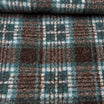
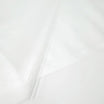
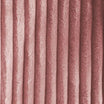


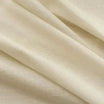
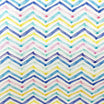


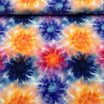

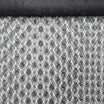








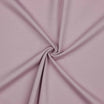

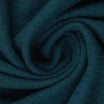
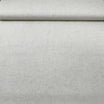
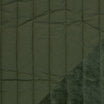
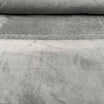






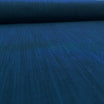

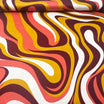



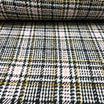
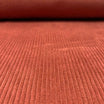


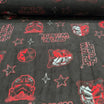


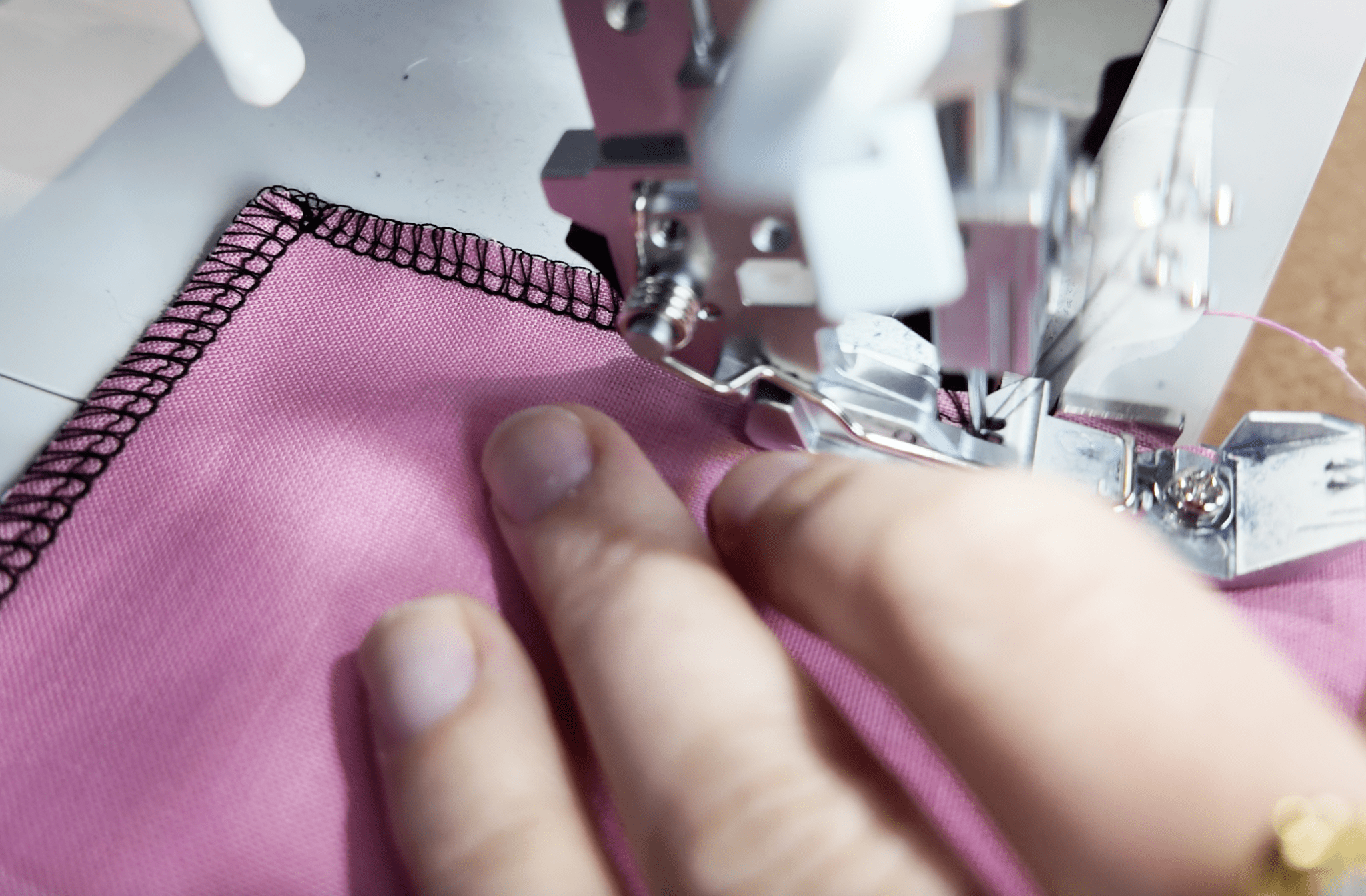
Leave a comment
All comments are moderated before being published.
This site is protected by hCaptcha and the hCaptcha Privacy Policy and Terms of Service apply.